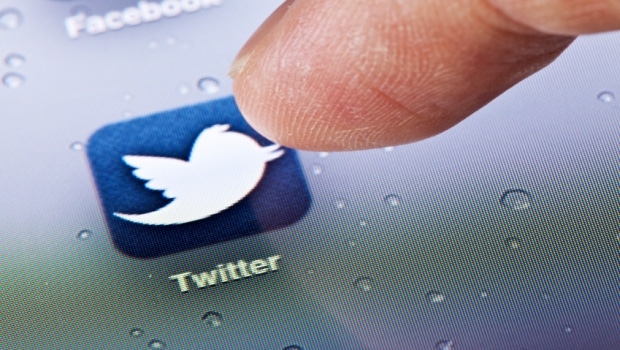Master These Twitter Dos and Donts to Benefit Your Self-Storage Business
Using Twitter may be simple but leveraging it effectively for your self-storage business can be a challenge. Guest blogger Chuck G of iBid4Storage discusses key do’s and don’ts to up your tweet game while elevating the credibility of your operation.
May 25, 2017

As a microblogging social media service, Twitter averaged 300 million active users in 2016. While it may seem simple to send and read 140-character tweets as a way to connect with current and prospective customers, leveraging the platform effectively for your self-storage business requires understanding some basic do’s and don’ts. You can say a lot with just a few words, but you can also easily steer into trouble. When you effectively create original content online, you can elevate the credibility of your operation. Here are some key points to consider:
Tweets vs. Retweets
Twitter’s statistics show that more than 7,000 tweets are sent per second. Create informative and relative content to build a loyal community of followers. Information on the self-storage industry, how to organize a home or how to pack for travel are a good place to start. Retweet relevant and helpful articles that align with your business values.
While tweets and retweets are beneficial, how you do it matters. For example, don’t automatically set tweets every hour on the hour. Instead, tweet thoughtfully a few times a day in ratio to the number of your followers. Don’t, however, retweet one irrelevant post after another, accumulating more than a dozen retweets in a minute. Users get annoyed quickly and may mute your feed or unfollow you altogether.
Photos vs. Videos
According to Deloitte Global, approximately 2.5 trillion photos were expected to be shared online last year. Do tweet photos of your facility, staff and events you host to showcase your brick-and-mortar location. Humor-based photos outperform other image types by 62 percent. Don’t, however, tweet photos using a Facebook or Instagram link because tweets using the Pic.Twitter.com domain are 94 percent more likely to get retweeted.
It’s also interesting to note that users tweet images 361 percent more than videos, while studies show videos perform better on Facebook.
Quotes vs. Questions
With popular hashtags, such as #MotivationalMonday, #Quoteoftheday or #WednesdayWisdom, it’s easy to see why quotes are retweeted more than questions. It’s important to note, however, that questions may prompt replies, which kick start conversations with your audience. Both strategies are beneficial.
Do create imaged-based quotes with your logo to increase your brand presence. Do ask topical or even controversial questions to engage with your audience. Don’t, however, use quotes or questions that may portray your business in a negative tone or express radical personal views just to get a rise from the community. Remember: Your quotes and questions represent the vibe of your business.
Tweets vs. Replies
Twitter was originally designed for people, not businesses. A tweet, while being relevant to your business, should still contain the voice of an individual. In other words, tweet like a person, not in business jargon. Replies are the most often overlooked gem of Twitter. Remember, social media allows you to engage with your audience. Read the tweets of your followers and then reply in a personal way that shows you acknowledge your followers.
Don’t get so caught in the trap of curating clever tweets that you forget to carry a conversation with those who took the time to follow your brand. If anything, pick a follower and just say, “Hello!” Begin a conversation and watch how you�’ll draw new followers to your account because your business is deemed personable.
Chuck G is the content developer and social media manager for iBid4Storage, an online auction-services company serving North America. For more information, call 855.424.3669; e-mail [email protected]; visit www.ibid4storage.com.
About the Author(s)
You May Also Like





